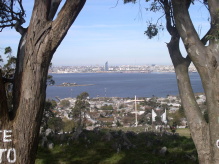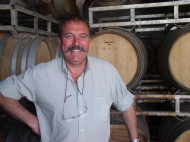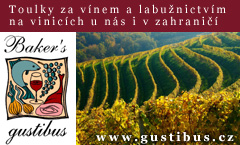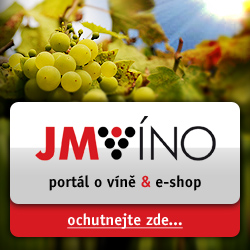The wine writer's lot can seem like an easy one, I am often told. Some compare it to the cushy job of a Euro Commissioner, forever being ferried from tasting to tasting, party to party. Others maintain it is more a case of miserable pay and few perks.. However, in the case of those "lucky" enough to find themselves writing about wine, there are some considerations that need to be brought into the equation. For instance, there is a lot of wine to glug, both at tastings and in the form of the samples acquired over the years. I know of one UK writer who "complains" she can hardly move about her house for all the cartons stacked in the hallways. She should be so lucky! And then, if you're fortunate enough, you might receive an invitation or three to attend international wine competitions - where professional decorum is on display.  This September I traveled to Buenos Aires and Montevideo to head a jury judging local wines in the Cata d'Or Argentina and Cata d'Or Uruguay competitions (Catad'Or is a play on words, cata being Spanish for a wine tasting and catador for a taster, while d'or is French for golden - this Golden Degustation being organised by the Belgian Concours Mondial de Bruxelles and takes place annually in Latin America). It also ranks as my favorite moment of 2006, for there's a lot to learn, particularly from Uruguay. This September I traveled to Buenos Aires and Montevideo to head a jury judging local wines in the Cata d'Or Argentina and Cata d'Or Uruguay competitions (Catad'Or is a play on words, cata being Spanish for a wine tasting and catador for a taster, while d'or is French for golden - this Golden Degustation being organised by the Belgian Concours Mondial de Bruxelles and takes place annually in Latin America). It also ranks as my favorite moment of 2006, for there's a lot to learn, particularly from Uruguay.
Winemaking in Argentina is massive, with enormous investments and huge facilities, mostly based in the semi-arid Mendoza region in the rain shadow of the Andes, where irrigation is the key. Uruguay, on the other hand, presents an almost complete contrast to the pampas. Winemaking there only dates from 1870 and evolved in an altogether different form than it did in Argentina or Chile. Italian, Basque, French and Spanish émigrés brought their own vine cuttings with them and planted vineyards mainly in the gently undulating countryside near the capital Montevideo which is known as the Canelones wine region. Other areas where vines are grown are Colonia in the west, Maldonado, close to the fashionable resort Punta del Este on the Atlantic coast, and Rivera, near the Brazilian border in the north. Of the myriad grape varieties that have been planted, it is the Tannat, with origins as an unsung  grape from the southwestern regions of France, that has made a special name for itself here. The total vineyard area is a mere 9,000 hectares (22,000 acres), about half the size of the Czech Republic's. Small wineries are the norm, only a handful of which rate five stars. Among the most famous of these are Pisano, Bouza, Pizzorno, De Lucca, Irurtia, Del Pedregal, Stagnari, Castillo Viejo, Juanico and Marichal. Foreign tasters are definitely required in Uruguay, since the best winemakers know one another so well they can easily recognise the others' wines. grape from the southwestern regions of France, that has made a special name for itself here. The total vineyard area is a mere 9,000 hectares (22,000 acres), about half the size of the Czech Republic's. Small wineries are the norm, only a handful of which rate five stars. Among the most famous of these are Pisano, Bouza, Pizzorno, De Lucca, Irurtia, Del Pedregal, Stagnari, Castillo Viejo, Juanico and Marichal. Foreign tasters are definitely required in Uruguay, since the best winemakers know one another so well they can easily recognise the others' wines. Wines from Uruguay are now available on the Czech market. Visit www.vrabcovi.cz/ondra/vino to find out more about the wines from Uruguay.
|








